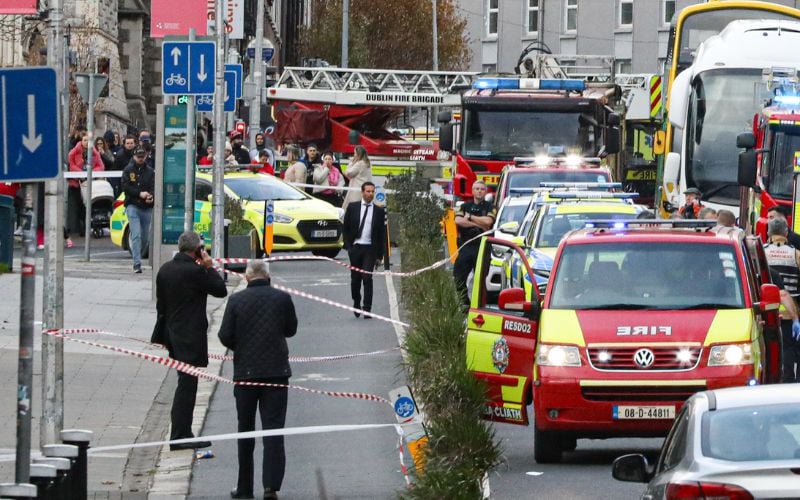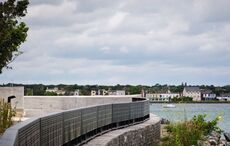In a further sign of desperation measures, the Irish government is planning to cut capital spending in a bid to try resuscitate Ireland’s struggling economy with what’s been termed ‘austerity economics’.
Although the country is emerging from the recession, unemployment still stands between 12%-13% and foreign investment has all but come to a standstill.
Roads, public transport, schools, health facilities and other infrastructure are just some of the nation’s ‘luxuries’ which are planned to be slashed in the government’s economic ‘stimulus’ package.
Just €39 billion is to be pumped into other areas of infrastructure between now and 2016 - a massive drop from the €76.2bn capital spending promised in the National Development Plan (NDP) for 2007 to 2013.
The Taoiseach Brian Cowen said that the Government was hoping to get "the maximum bang for our buck" despite the huge falloff in resources available for spending since the recession took hold.
Despite the staggering cuts, Mr Cowen called the ‘stimulus’ package a : "major stimulus for our economy" and "an important step forward on the path to economic renewal" and will create up to 270,000 jobs.
Meanwhile the Irish Rural Link has called the stimulus package anti-rural because most of the promised development will be centered around urban areas. The plan also proposes to stall the Western Rail corridor and review state assistance for regional airports, furthering allegations of a pro-urban bias.
The Taoiseach said that the 4.5% of national wealth which will be spent on infrastructure according to the plan was “significantly” higher than that which was spent in other countries.
"This is not the easy option. It is always easier for Governments to drastically cut capital spending in the face of a fiscal crisis. But we decided to maintain one of the highest levels of capital spending in the OECD," the Taoiseach concluded.




Comments